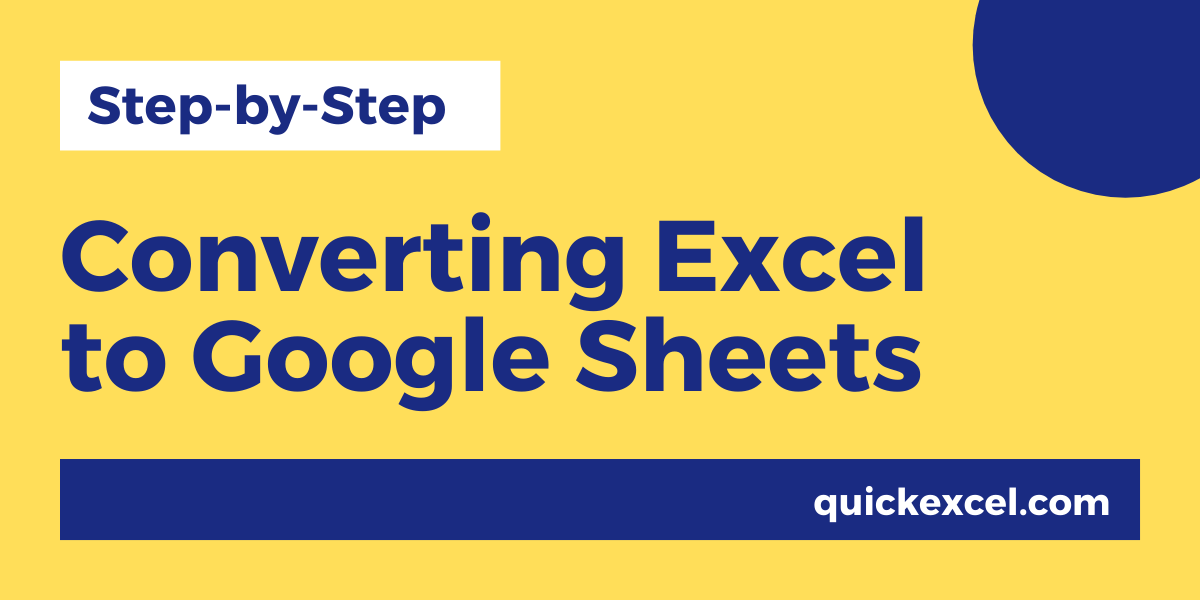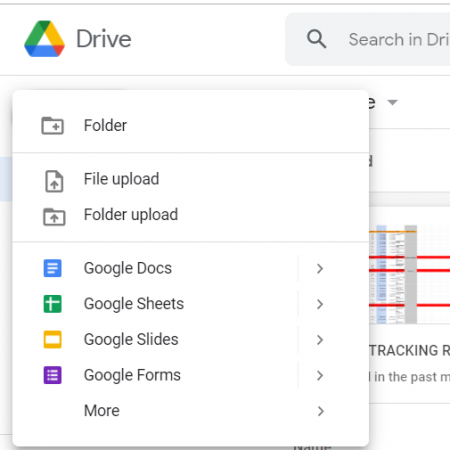Excel Formulas to Google Sheets Conversion Guide

Transitioning from Microsoft Excel to Google Sheets might seem daunting due to the differences in formula syntax, function names, and features between the two applications. However, with the right approach, you can seamlessly convert and enhance your spreadsheets. This guide will walk you through the process of converting Excel formulas to Google Sheets equivalents, offering tips to optimize your spreadsheets in the Google environment.
Understanding the Basics

Before diving into specific conversions, it’s important to understand some fundamental differences:
- Formula Syntax: While many formulas are similar, their exact syntax might differ slightly.
- Function Names: Excel and Google Sheets use different function names for similar calculations.
- Array Formulas: Google Sheets uses array formulas more natively than Excel, allowing for more dynamic calculations.
Formula Conversions

Here’s how to convert common Excel formulas to Google Sheets:
VLOOKUP

Excel: =VLOOKUP(lookup_value, table_array, col_index_num, [range_lookup])
Google Sheets: =VLOOKUP(lookup_value, table_array, col_index_num, [is_sorted])
🔎 Note: The fourth parameter in Google Sheets uses 'is_sorted' instead of 'range_lookup'. If you're looking for an approximate match, set it to TRUE; for exact matches, use FALSE.
IFERROR

Both Excel and Google Sheets support IFERROR in nearly identical ways:
Excel/Google Sheets: =IFERROR(value, value_if_error)
SUMIF

Excel: =SUMIF(range, criteria, [sum_range])
Google Sheets: =SUMIF(range, criteria, [sum_range])
This function works the same in both applications.
INDEX MATCH

In Excel, you might use VLOOKUP or a combination of INDEX and MATCH functions. Google Sheets has evolved to support a more natural use of ARRAYFORMULA:
Excel: =INDEX(Reference, MATCH(lookup_value, lookup_array, match_type))
Google Sheets: =INDEX(range1, MATCH(lookup_value, lookup_range, match_type))
Alternatively, you can use:
=ARRAYFORMULA(INDEX(range, MATCH(lookup_value, lookup_range, 0)))
to return a full column of results instead of a single value.
Pivot Tables

While pivot tables are somewhat different in terms of creation, their functionality remains similar. Here’s how you can approach pivot tables:
- Use the
Insert tab in Google Sheets to create a pivot table.
- Drag fields into Rows, Columns, Values, and Filters, just as in Excel.
- Be aware that some Excel features like “Value Field Settings” have different options or methods in Google Sheets.
Utilizing Google Sheets Features

Here are some Google Sheets-specific features that can enhance your spreadsheets:
ARRAYFORMULA

ARRAYFORMULA allows formulas to spill results down a column or across a row:
=ARRAYFORMULA(A1:A10+B1:B10)
Filter Views

Google Sheets allows multiple filter views, which is particularly useful in collaborative environments:
- Navigate to
Data > Filter views > Create new filter view
- Apply different filters without affecting other viewers’ data.
Google Apps Script

For custom functionality, Google Apps Script (similar to VBA in Excel) can be used:
- Open the
Extensions menu and select Apps Script.
- Write scripts to automate tasks or extend Google Sheets capabilities.
Common Pitfalls and How to Avoid Them

- Formatting: Remember that Google Sheets might not automatically convert some Excel-specific formatting or conditional formatting.
- Date and Time Functions: These functions have different outputs in Google Sheets compared to Excel. Double-check date calculations.
- Macros: Excel macros are not directly compatible with Google Sheets; use Google Apps Script instead.
🔔 Note: Always test your formulas after conversion. Even minor syntax differences can lead to errors if not addressed.
Summing up, converting from Excel to Google Sheets requires attention to detail but is manageable with some key insights. Understanding the syntax differences, leveraging Google Sheets’ unique features, and being aware of common pitfalls will ensure your spreadsheets work as efficiently in Google's environment as they did in Excel. By adapting to the Google Sheets ecosystem, you can not only migrate your data but also enhance your data analysis capabilities with collaborative tools and cloud integration.
What are the main syntax differences between Excel and Google Sheets?

+
Excel and Google Sheets share many functions, but they often use different names for similar functions or have slight variations in syntax. For instance, Google Sheets uses ‘is_sorted’ in VLOOKUP where Excel uses ‘range_lookup’. Also, Google Sheets often requires different arguments for date and time functions.
How can I convert Excel’s advanced features to Google Sheets?

+
Excel’s advanced features like macros need to be recreated using Google Apps Script. Pivot tables have different setup processes but can achieve similar results. Complex conditional formatting might require manual recreation or use of Apps Script for custom rules.
Can Google Sheets handle large datasets as efficiently as Excel?
+
Google Sheets has made significant strides in performance. It can handle large datasets, but for extremely large datasets or complex calculations, Excel might still have a performance edge. However, Google Sheets compensates with its cloud-based nature, allowing for real-time collaboration and easier data sharing.



